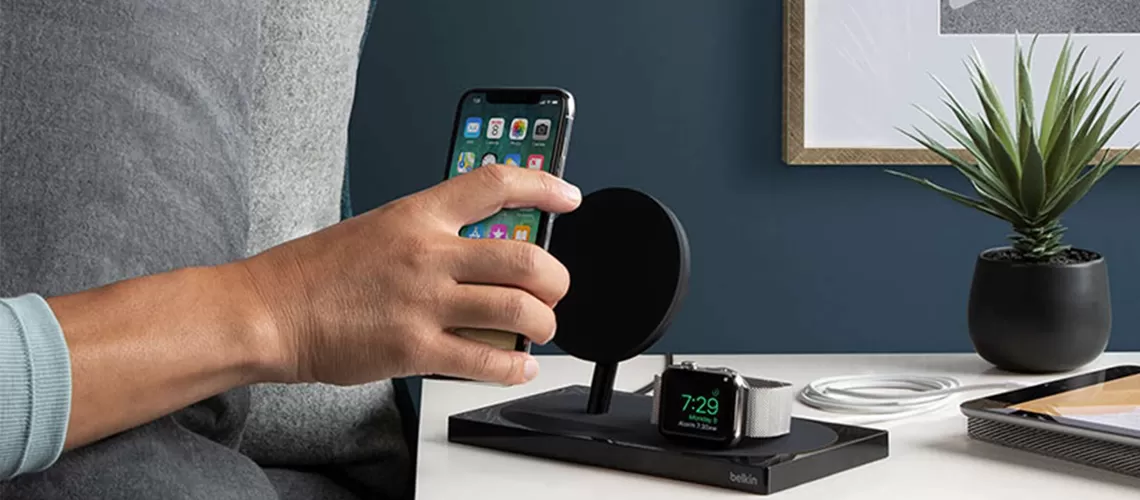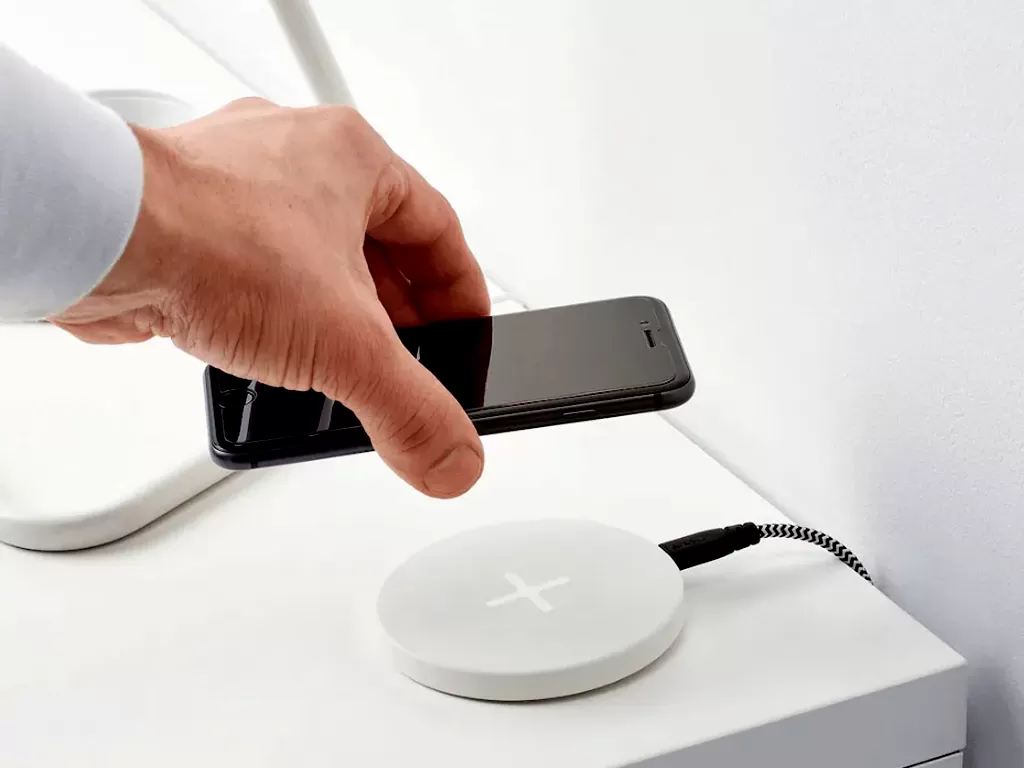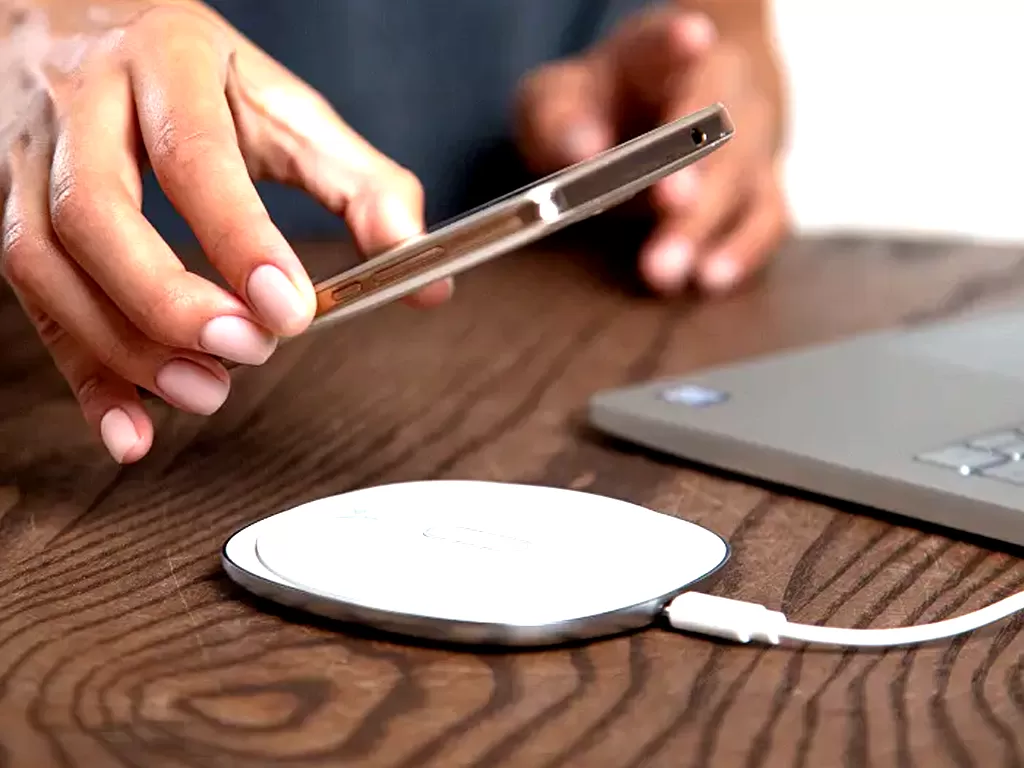In the era of wireless technology, choosing the right wireless charger has become an important task. This decision depends on many factors, including device compatibility, charging power, design and additional features. Choosing the right wireless charger will not only ensure functionality, but also convenience in your daily life. In this article, we will look at the key aspects that will help you choose the perfect charger for your needs and lifestyle.
Basic Options for Selecting a Wireless Charger

Device suitability: Check that the selected charger is suitable for your mobile phone or other gadgets. Some chargers are specifically designed for Apple products, while others are ideal for Android devices.
Charging power: Charging efficiency is defined in watts (W). High power provides faster charging, typically ranging from 5 to 20 watts.
Charging technology: Qi is a popular standard, but there are other wireless charging technologies available. It is important that the device you choose supports a standard that is compatible with your gadget.
Design and dimensions: The choice of size and shape of the charger depends on personal preference and usage conditions. There are compact and lightweight models as well as larger and more stable options.
Cost: The price aspect also plays a significant role. The prices of wireless chargers can vary considerably.
Extra Features: Some wireless charger models offer extra conveniences including backlighting, the ability to charge multiple devices simultaneously, and built-in batteries for charging on the go.
Device compatibility
Read more about compatibility: Not all wireless chargers are universal. For example, some models are specifically designed for use with certain iPhone models and may not support fast charging for Android devices, and vice versa. It’s also worth checking whether your device supports wireless charging in general, as some older models may not.
Charging power

Details about charging power: Higher power provides faster charging, but it’s important to remember that not all devices support high-speed charging. For example, if your phone can charge at a maximum of 10W, using a 20W charger won’t speed up the process. It’s also worth bearing in mind that more powerful chargers can be more expensive.
Differences in Types of Wireless Charging
Wireless chargers operate on different standards, which determines their compatibility and functionality. The Qi standard, developed by the Wireless Power Consortium, is the most common and is supported by most modern smartphones and other devices. However, there are other technologies besides Qi, such as AirFuel, formerly known as PMA (Power Matters Alliance) and Rezence.
Qi standard
Qi uses inductive energy transfer to charge devices. This means that the device must be placed on or close to the charging pad to transfer power. The Qi standard continues to evolve, offering faster charging speeds and improved efficiency. Qi also offers safety features such as temperature control and foreign object detection.
AirFuel and Other Standards
AirFuel Alliance offers two main standards: inductive (similar to Qi) and resonant. The resonant method allows energy to be transferred over a greater distance and multiple devices to be charged simultaneously. This technology is still under development, but promises more flexible wireless charging solutions in the future.
Compatibility and Functionality
It is important to check if your device supports a specific charging standard. Some smartphones and accessories may be limited to one standard, while others may support multiple. In addition, some devices may offer improved features such as faster charging or better energy management when using a compatible charger.
Wireless Charging Design and Size: Key Aspects

Aesthetics and Style
Wireless chargers are available in a variety of styles and finishes, allowing you to find a model to suit your personal taste and décor. From minimalist and modern to more classic and sophisticated, the choice is vast. Some models even offer interchangeable panels or LED lighting, adding uniqueness to the design.
Size and Form Factor
Wireless chargers can vary greatly in size. Compact models that can easily fit in a pocket or bag are ideal for travelling and use outside the home. On the other hand, larger stationary models often offer additional features such as the ability to charge multiple devices simultaneously or integrated stands for easy screen viewing while charging.
Practicality and Usability
When choosing a design, it is also important to consider usability. For example, some models offer adjustable stands or swivelling mechanisms, allowing you to comfortably use your device while charging. Others may have rubber or non-slip surfaces to keep the device securely in place.
Materials and Durability
The choice of materials can affect both the appearance and durability of the charger. Plastic models are usually lighter and cheaper, but metal or glass models can offer a more premium feel and increased durability. It’s important to choose chargers with quality materials that will stand up to everyday use.
Integration with Shared Space
If the charger will be used in the home or workplace, it’s worth considering how it will fit in with the overall décor. Some manufacturers offer chargers that can be integrated directly into furniture or office supplies to create a unified and neat look.
Price
Influence of price on choice: Price can vary greatly depending on brand, power and additional features. Sometimes more expensive models offer better quality and durability, but for basic needs a budget model may also be suitable.
Additional Functions
Extra features for convenience: Some chargers offer features such as charging indicators, overheating protection, the ability to charge multiple devices, and even built-in speakers or alarms. These features may add convenience, but they also add cost.
Tips for shoppers when choosing a wireless charger
Check Compatibility: Make sure the wireless charger is compatible with your device, especially if you have specific smartphone models.
Evaluate Charging Power: Choose the device with the right power to ensure optimal charging speed for your gadget.
Choice of Charging Standard: Give preference to devices that support the Qi standard, as it is the most common and versatile.
Consider Design and Size: Choose the design and size that suits your lifestyle, whether it’s compact for travelling or larger for home use.
Value for money: Don’t go for the cheapest options, but don’t overpay for extra features you don’t need.
Consider Additional Features: Features such as the ability to charge multiple devices, charging indicators, or built-in batteries can be useful.
Read Reviews: Before buying, read other users’ reviews to know about the real quality and reliability of the device.
Warranty & Support: Check the warranty terms and support availability from the manufacturer to secure your purchase.
Bottom line: Choosing a wireless charger is a balance between technical features, personal needs, and financial means. By taking these aspects into consideration, you can find a device that perfectly fits your daily tasks and lifestyle while providing convenient and efficient charging.
Get your wireless charger and make the most of it with reBITme. We wish you a favourable and successful shopping experience!





